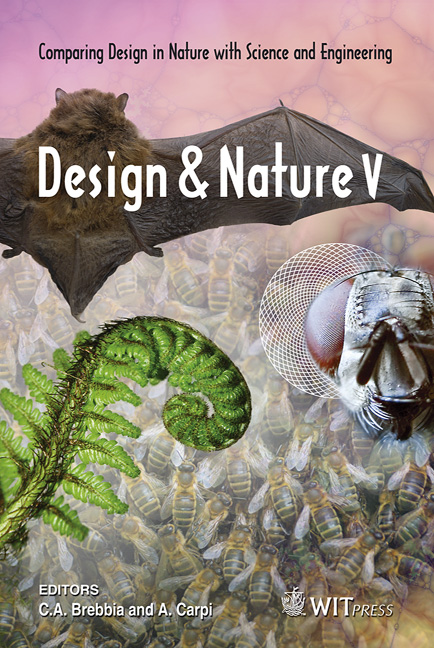Biomimetic Fibre-reinforced Composites Inspired By Branched Plant Stems
Price
Free (open access)
Transaction
Volume
138
Pages
10
Page Range
411 - 420
Published
2010
Size
5,024 kb
Paper DOI
10.2495/DN100361
Copyright
WIT Press
Author(s)
T. Masselter, T. Haushahn, H. Schwager, M. Milwich, R. Nathanson, M. Gude, F. Cichy, W. Hufenbach, C. Neinhuis & T. Speck
Abstract
The manufacturing of nodal elements and/or ramifications with an optimised force flow is one of the major challenges in many areas of fibre-reinforced composite technology. Examples are hubs of wind-power plants, branching points of framework constructions in the building industry, aerospace, ramified vein prostheses in medical technology and the connecting nodes of axel carriers. Addressing this problem requires the adaptation of innovative manufacturing techniques and the implementation of novel mechanically optimised fibrereinforced structures. Consequently, the potential of hierarchically structured plant ramifications as concept generators for innovative, biomimetic branched fibre-reinforced composites was assessed by morphological and biomechanical analyses. Promising biological models were found in monocotyledons with anomalous secondary growth, i.e. Dracaena and Freycinetia, as well as in columnar cacti, such as Oreocereus and Corryocactus. These plants possess ramifications with a pronounced fibre matrix structure and a special hierarchical stem organization, which markedly differ from that of other woody plants by
Keywords
branched fibre-reinforced composites, Y- and T-shaped ramifications, monocotyledons, columnar cacti, lightweight





